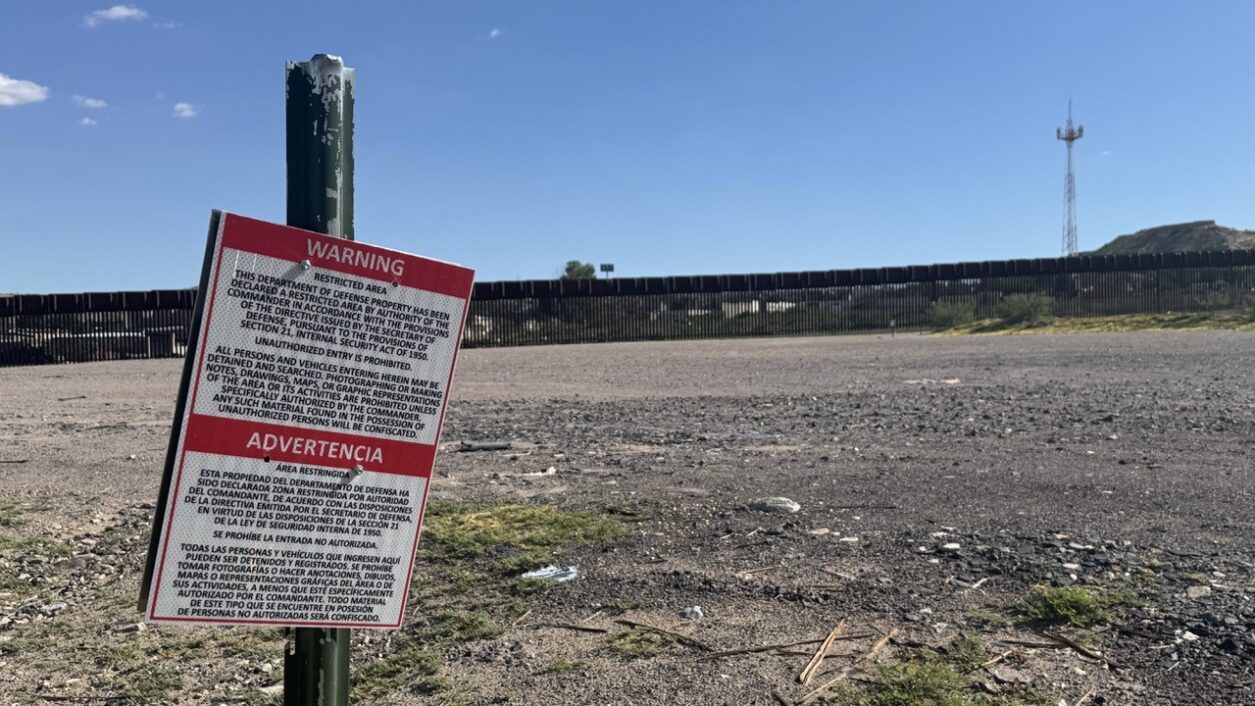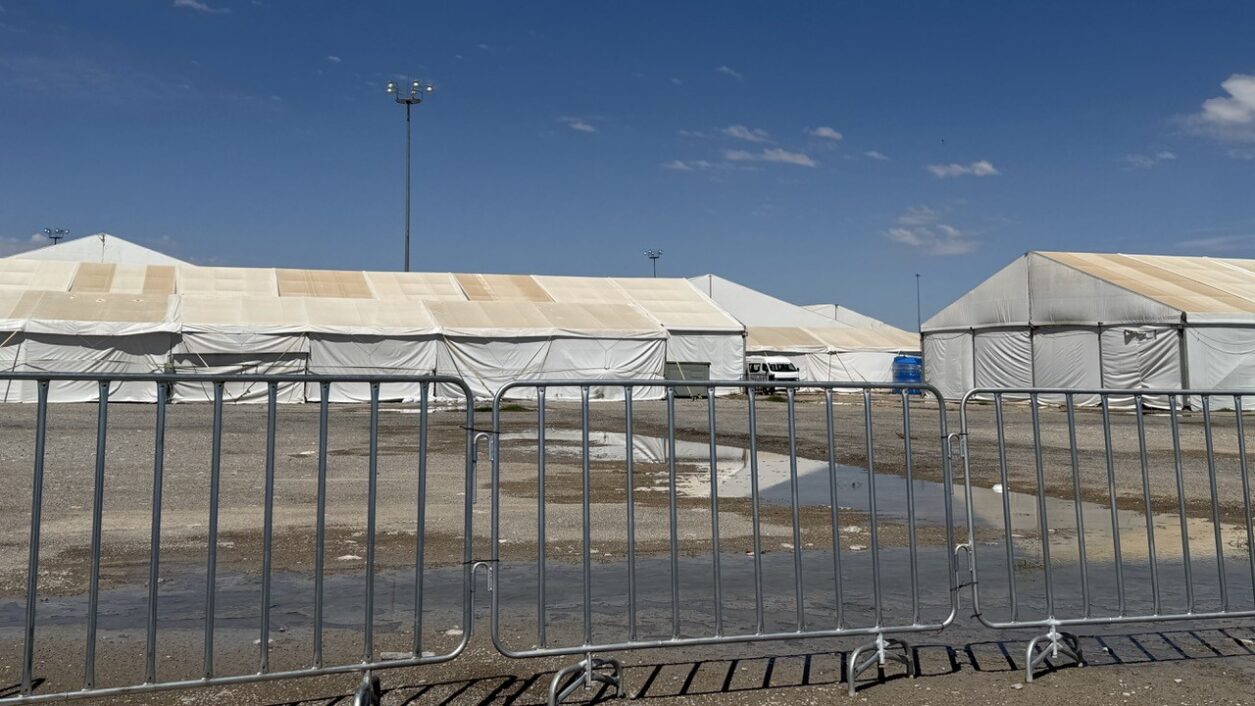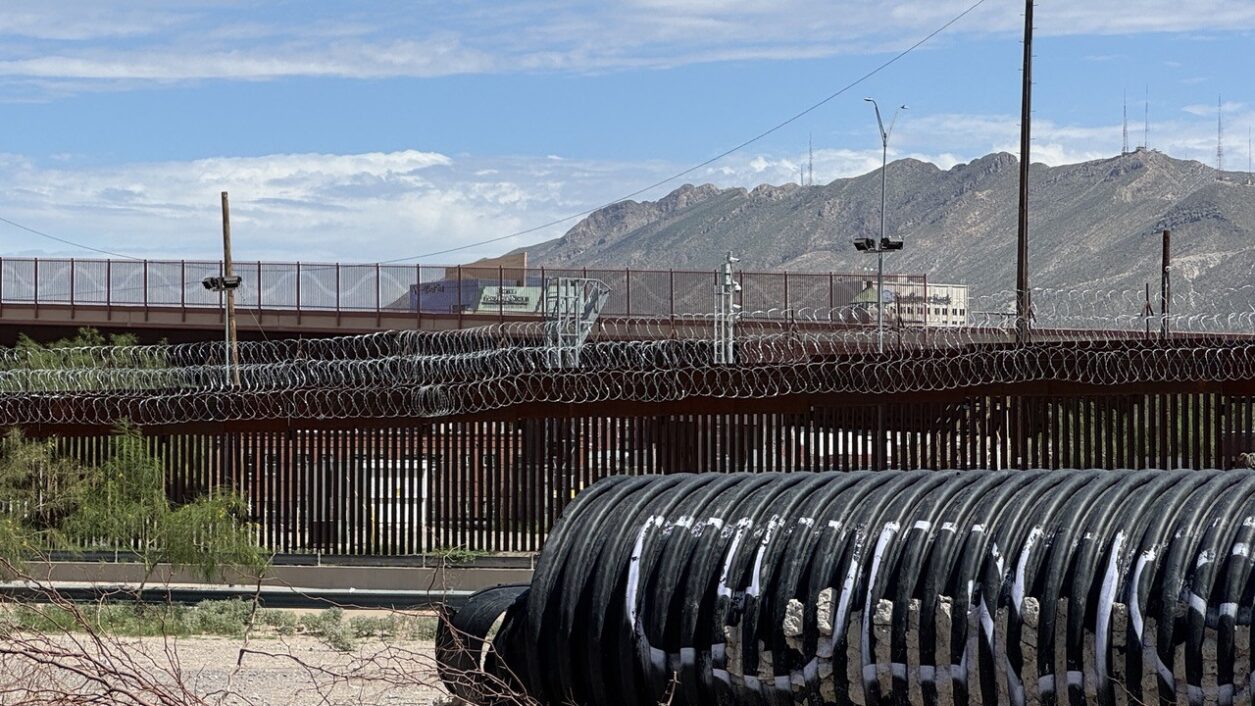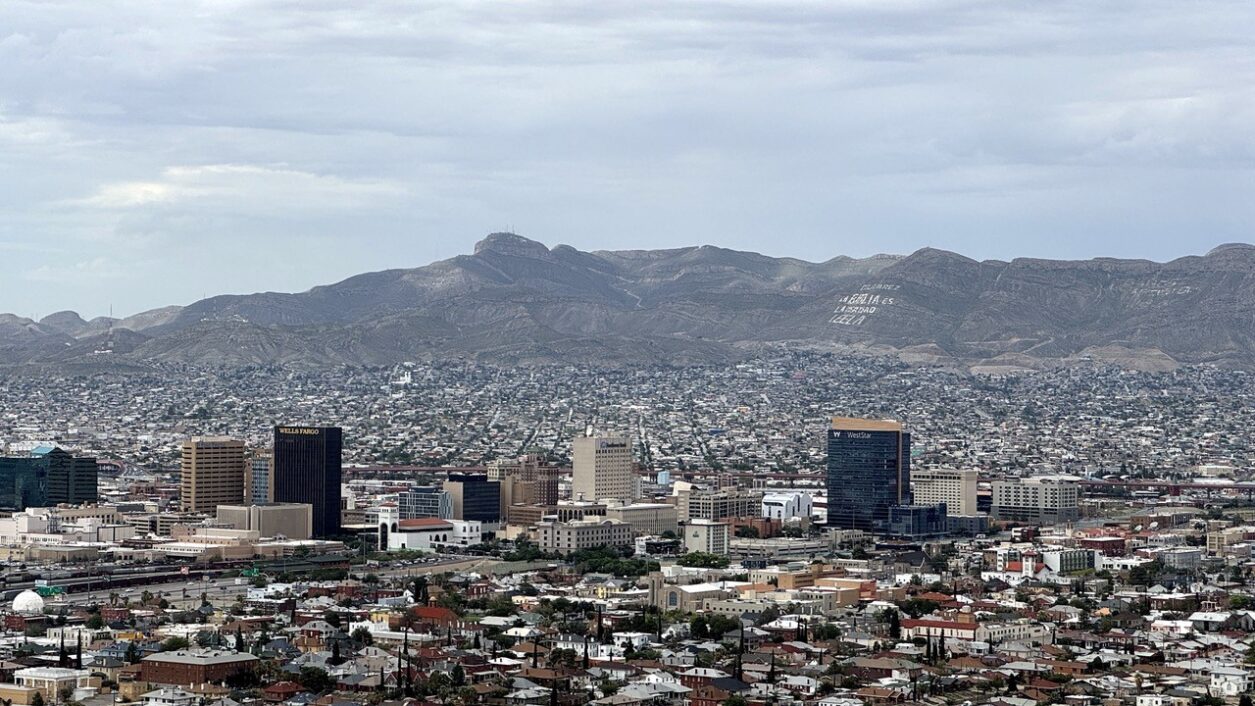As the United States’ immigration detention system becomes a black box, researchers from WOLA and the Women’s Refugee Commission are traveling through Honduras, Guatemala, and Mexico to better understand the conditions faced by individuals recently deported from US detention centers—and how those conditions, particularly for women and children, have changed compared to previous years. After interviewing officials, service providers, experts, rights advocates, and deported individuals in San Pedro Sula, Honduras and Guatemala City, Guatemala, the team proceeded to Tapachula, a city in southern Mexico near the border with Guatemala. After Tapachula, our team traveled north to the U.S.-Mexico border, stopping first in Ciudad Juárez, Mexico, and then in El Paso, Texas.
Our findings at the U.S.-Mexico border echoed much of what we learned in Tapachula: Mexico has received a comparatively small number of deportations to date, though the number of people who have been deported from the U.S. interior after living there for many years is larger. The border city of Ciudad Juárez, meanwhile, remains home to many displaced asylum seekers from other countries who were either waiting for CBP One appointments or who had their appointments cancelled. Many of them are now in limbo, unsure of where to go next or how to rebuild their lives. Those who remain in Ciudad Juárez face insecurity and violence, while service providers in El Paso are struggling to keep up with the pace of immigration detention.
We heard significant concerns about the ICE detention center at Fort Bliss (the sprawling Army base in El Paso, TX) that opened while we were there. Little is known about the contractor, Acquisition Logistics, which was awarded $1.26 billion to operate what will eventually be a 5,000-bed tent facility. But even as the site remains under construction, an estimated 1,000 migrants will be relocated there by August 18.
Further concern surrounds another new U.S. military mission: the Trump administration’s declaration that a fringe of territory along the border, stretching from the Arizona line to about 50 miles east of El Paso, is now considered a “National Defense Area.” This means that the land will essentially serve as an extension of nearby military bases Fort Bliss and Fort Huachuca. Migrants who pass through this fringe, and who perhaps fail to note minutely lettered signs warning them that they are entering Defense Department territory, are now subject to prosecution for trespassing on a military installation, a charge carrying up to a year in prison. As of early July, federal prosecutors had filed such charges against more than 1,400 people.

Under these circumstances, getting access to information about detained migrants’ experiences during arrest, detention, and deportation remains extremely challenging. Still, we obtained some important and disturbing information about what migrants are currently facing, and what is likely yet to come.
1. Ciudad Juárez is preparing for large numbers of migrants, many of whom will have substantially different needs than in prior years.
The physical infrastructure in Ciudad Juárez evokes a city in waiting. Large tent shelters, pictured below, have been erected to house returned migrants near the city center, but they are largely empty. The city’s network of shelters is at about 30 percent capacity.

The tents, along with a shelter managed by Mexico’s federal government, are off-limits to nearly all non-governmental service providers and rights advocates. This limits access to those who would seek to learn from deported individuals about abuse that they may have endured in U.S. custody, or to help them file complaints or pursue legal remedies.
Mexico’s immigration agency (National Migration Institute, or INM) takes some deported people, particularly from third countries, to a detention facility in Janos, Chihuahua, about two hours south of Ciudad Juárez. From there, they are bused to the southern part of the country. This further limits access to recently removed migrants.
As a result, service providers and rights advocates in Ciudad Juárez had little to report about abuse suffered during the detention and deportation process. Still, we heard allegations including a man being returned with ribs broken during his arrest, women in a detention center being searched and examined in rooms with only male personnel present, and people frequently being returned without their identification documents.
2. Violent kidnappings of locals, including migrants who were unable to cross the border using CBP One, are on the rise.
Many service and shelter providers described a rise in violent kidnappings by criminal organizations, increasingly perpetrated against the local and displaced population. Kidnapping for ransom has long been one of the most prevalent dangers for migrants traveling from Central America to the U.S., especially once migrants reach Mexico.
In Ciudad Juárez, ransom kidnappings of migrants increased sharply in 2023, peaking in 2024. However, with the decrease in migration to the border, criminal organizations have begun to kidnap and extort the local population in order to replace the income they previously generated by extorting migrants. Many reported that the kidnappings have become increasingly violent, with sexual assault and amputations becoming common means of extorting ransom.
The rise in kidnappings against the local population reveals one of the many oft-hidden ways in which closing the U.S.-Mexico border impacts the entire migration ecosystem, creating new forms of danger and amplifying existing violence. For women, the danger of violent kidnappings increases their already perilous vulnerability to violence in one of the most dangerous regions for women in the world.
The UN named Ciudad Juárez Mexico’s deadliest city for women last year, with more than 2,500 known victims of femicide and hundreds more disappeared over the past three decades. Less than two percent of homicides result in a criminal sentence. Displaced women, who lack support systems or legal means to engage in the formal economy, are at even greater risk of violence. As an increasing number of migrants are deported and little relief remains for those already clustered at the border, we fear that the violence will only get worse.

3. Nonreturn of valuables, including cash and vital identification documents, is a significant and systemic problem.
In Ciudad Juárez, we again heard stories of deported migrants whose valuables and identification documents were seized from them during arrest and deportation and never returned. Collectively, these incidents amount to tens of thousands of dollars, if not more, in cash and valuables that are taken from migrants during immigration enforcement and simply disappear.
Migrants apprehended shortly after crossing the U.S.-Mexico border are less likely to be carrying large amounts of cash. However, migrants apprehended in the U.S. interior—whose numbers are far larger amid the Trump administration’s “mass deportation” campaign—are more likely to be carrying significant amounts upon their arrest, because they are usually employed and often relegated to the cash economy. U.S. law enforcement officials and their agencies must account for, and return, the cash and valuables that migrants are surrendering to them.
4. Indiscriminate courthouse arrests in El Paso are separating families and leading to the detention of pregnant women, elderly migrants, and other vulnerable populations.
In El Paso, we heard heartbreaking accounts of ICE’s dragnet approach to courthouse arrests. The indiscriminate approach to arresting anyone who walks through the courthouse doors has led to family separations, the detention of pregnant or nursing women, and even elderly migrants who cannot walk without assistance. These corridor arrests function as a “second courtroom,” in which there is no trial and migrants always lose. One religious worker who engages in weekly court watching recounted a judge saying, “Your case is closed. That is my response to you as a judge. But I cannot speak to what will happen outside these doors.”
One of the most disturbing yet underreported aspects of the courthouse arrests is their role in facilitating family separations. Many service workers reported instances of parents who either came to court alone, or who brought only some of their children with them to court. When they were caught up in ICE’s dragnet, they were separated from the children who did not accompany them. The new Detained Parents Directive, which replaced ICE’s 2021 Parental Interests Directive, weakens protections for migrant families, but nonetheless imposes affirmative obligations on ICE to verify and document parents’ preferences about whether they want their children to accompany them, and what alternative care arrangements they want to make. Our research suggests that this is not happening.
Our time in El Paso deepened our already grave concern about the scope and scale of the new family separation crisis, in which parents are detained and deported without being given an opportunity to make care arrangements for their children, or to bring their children with them to their country of removal.
5. ICE detention remains a black box, with service providers, religious workers, and even legal service providers losing much of their access.
Our experiences in Ciudad Juárez and El Paso echoed what we saw across the region, with humanitarian organizations, legal service providers, and human rights defenders facing significant challenges accessing, monitoring, and serving migrants who are detained or deported. As with the case of organizations in Central America, funding cuts to U.S. service providers, including legal service organizations, substantially worsen this problem and weaken protections for detained migrants amid increasing reports of serious abuse.
Advocates, legal service providers, ministers, and other service providers used to be able to enter ICE detention facilities to provide Know Your Rights training, legal advice, and even ministry. Now, though, ICE has significantly collapsed access. Much of immigration enforcement and detention now occurs in a black box, where we have little visibility over what happens to migrants once they are detained. Much of the mistreatment in custody, an El Paso-based service provider said, may be a deliberate effort to “grind people down to get them to abandon their cases.”
As we have discussed in our prior dispatches, the Department of Homeland Security’s functional elimination of its own internal oversight bodies, the Office for Civil Rights and Civil Liberties and the Office of the Immigration Detention Ombudsman, mean that even the government is not tracking abuses in detention centers, and migrants and their attorneys have no place to report abuse.

WRC and WOLA are deeply disturbed that we needed to travel to five different cities in three different countries to learn about what is happening in our own. However, what we learned on this trip reinforced the vital need for this research and documentation, especially as the scope and scale of immigration enforcement increases. We cannot allow these abuses to happen in the dark.

